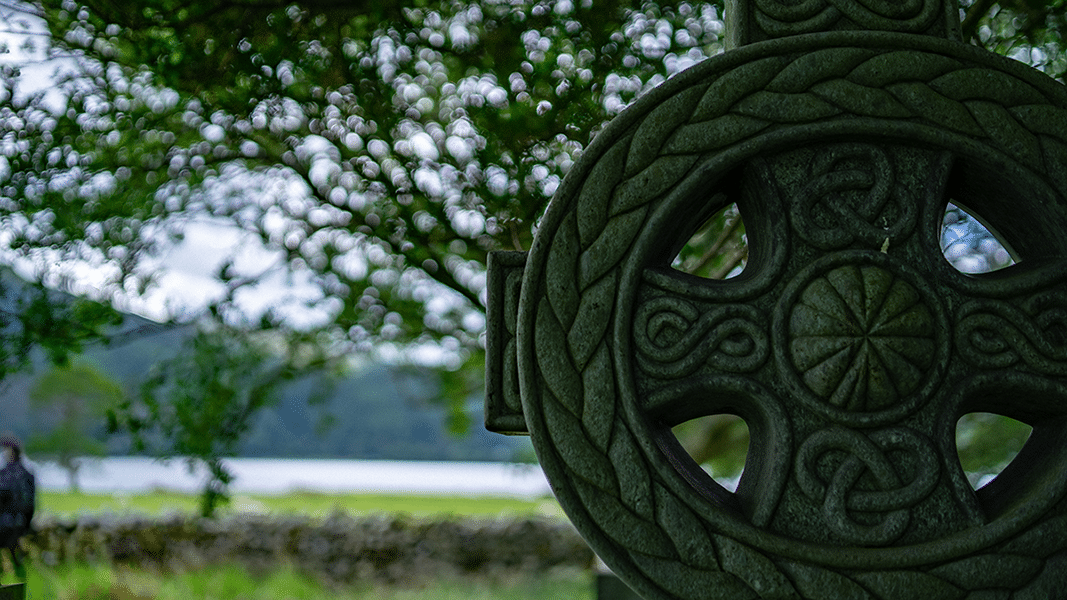The Ancient Roots of Celtic Hemp: A Journey Through Time
Tracing Cannabis Back to Hibernia
Table of Contents
Have you ever wondered about the history of hemp in Ireland? A recent study published in *Cannabis and Cannabinoid Research* by Dr. John M. McPartland and Saoirse E. O’Sullivan delves into the fascinating prehistoric journey of cannabis from Asia to modern-day Ireland, shedding light on its deep connection with Celtic culture.
Like much of Europe, cannabis arrived in Ireland during a period when written records were scarce. The authors rely on archeological evidence, linguistic analysis, and pollen studies to piece together this ancient narrative. Ancient pollen extracted from sediment reveals traces of cannabis’s presence throughout history. Seeds from cultivated crops and rare archeological artifacts provide further clues about hemp’s enduring relationship with humankind.
Thousands of years ago, the medicinal properties of cannabis were already recognized in ancient texts. Around this time, communities living near the plant’s origin on the Tibetan plateau utilized fibers from cannabis stalks for textiles. By 400 BCE, evidence suggests that cannabis was present in regions where Celtic culture is believed to have originated.
The Birthplace of Celtic Culture and the Influence of Other Cultures
The Yamnaya culture, which thrived in modern-day Ukraine, cultivated cannabis crops even earlier than the Celtic culture that emerged in Europe during the Iron Age (1200-550 BC). Cannabis fibers and waterlogged seeds were first discovered in Hallstatt, a region near present-day Austria, considered the birthplace of the Celtic people.
Interestingly, the words used for cannabis and hemp appear to have been borrowed from other cultures. The Old Breton language spoken by people in Brittany, France, included the word “coarch” to describe hemp fiber. In 848 AD, a Breton monk named Iunobrus used the term “canap” to refer to cannabis, borrowing it from Roman Latin. The Romans themselves had adopted the phrase from the Greek “kannabis,” which originated with the Scythians. Over time, words describing “hemp” or “cannabis” became integrated into the Middle Irish language.
Cannabis in Hibernia: A Legacy of Cultivation and Writing
McPartland and O’Sullivan highlight that Roman-British missionaries introduced cannabis to the Gaelic Celts in Hibernia (Ireland). The cultivation of hemp in Hibernia coincided with the establishment of Romano-British monasteries, suggesting a connection between these events.
The people of Hibernia used the Celtic Tree Alphabet, formally known as Ogham, to write. They carved symbols vertically, representing letters in a word. Approximately 400 Ogham examples remain throughout Ireland, primarily inscribed on stone monuments.
Further Exploration
For those interested in delving deeper into this fascinating subject, the full scholarly report by John M. McPartland and Saoirse E O’Sullivan can be accessed here: [link to article].


